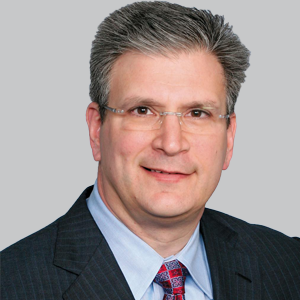Commentary
Video
Continued Evolution of Deep Brain Stimulation in Neurology: Jonathan Jagid, MD; Brian Noga, PhD
Author(s):
A pair of neurologists from the University of Miami Miller School of Medicine provided insight on the various ways deep brain stimulation has changed and the potential treatment opportunities that lie ahead. [WATCH TIME: 4 minutes]
WATCH TIME: 4 minutes
"The ability now to be able to not only stimulate, but actually sense, meaning you're able to get information back from the brain, is of key importance."
Deep brain stimulation (DBS), first approved in 1990s for the treatment of movement disorders, consists of electrodes implanted adjacent to specific deep brain structures, which are then connected to a pacemaker-like machine that is implanted on the chest wall, via a subcutaneous wire. It is commonly used to treat a number of conditions, such as Parkinson disease, essential tremor, epilepsy, Tourette syndrome, obsessive-compulsive disorder, and conditions that cause dystonia, such as Meige syndrome.
The procedure of DBS requires specific personnel, including an experienced neurosurgeon, along with their associated staff. There are several potential side effects, including seizures, infection, headache, stroke, and temporary pain, among others; however, DBS has become more refined over the years, leading to better results and improved safety. The basal ganglia and thalamus have been the main target areas for DBS, but clinicians are starting to learn more about newer pathways that can improve treatment individualization.
In a recent interview with NeurologyLive®, Jonathan Jagid, MD, and Brian Noga, PhD, a pair of neurologists from the University of Miami, spoke about some of the advances in DBS and potential future opportunities of treatment. Jagid, a professor of clinical neurosurgery, shed light on the enhancements in technology and imaging, which has allowed clinicians to not only see the structures they are stimulating, but also understand the circuitry in the brain that may be activated through DBS. Noga, a research professor in the department of neurosurgery, talked about changes in computational modeling, personalized treatment, and how translational models in animals have identified key structural pathways, informing human DBS targets and enhancing treatment precision.




